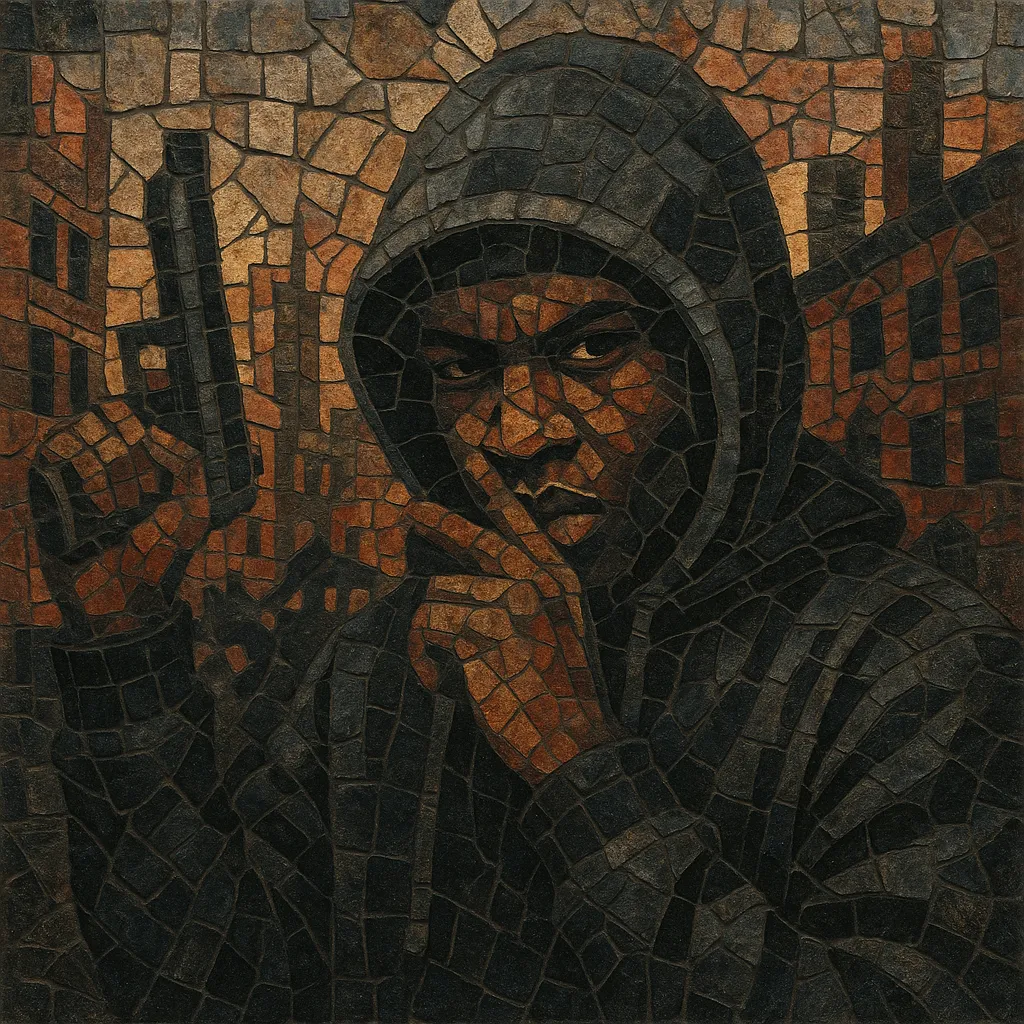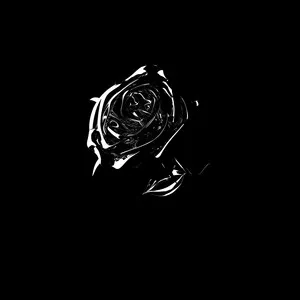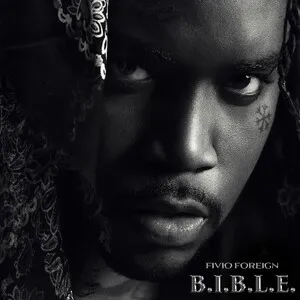Brooklyn drill is a New York–born branch of drill that fuses the ominous, half‑time bounce of UK drill with the swagger and street reportage of East Coast hip hop. It is defined by sliding 808 bass lines, skittering and stuttering hi‑hat rolls, sparse minor‑key melodies, and a hard, syncopated kick pattern that creates a menacing forward push.
Vocals are typically aggressive and percussive, often delivered slightly behind the beat to heighten tension. Lyrics focus on neighborhood identity, crews and rivalries, status, and street survival, frequently punctuated by shouted ad‑libs. The overall sound is cold, cinematic, and anthemic, optimized for both street cyphers and club sound systems.
Brooklyn drill emerged in the late 2010s in Brooklyn, New York, when local rappers began adopting the darker, more spacious production style of UK drill. Early catalysts included 22Gz and Sheff G, whose 2016–2018 tracks signaled a shift from Chicago-style drill to UK-inspired beat aesthetics. UK producers like 808Melo and AXL Beats became central, supplying sliding 808s, sparse minor plucks, and the signature snare-on-3 drill pocket.
Pop Smoke’s 2019 hits, especially “Welcome to the Party” and “Dior,” crystallized the sound and carried it to international audiences. His commanding baritone, anthem-ready hooks, and collaborations with UK producers defined the scene’s sonic identity. Meanwhile, Fivio Foreign, Sleepy Hallow, and others expanded its reach with club-primed, chant-like hooks and the “Woo Walk” dance. Industry attention grew rapidly as labels signed multiple Brooklyn drill artists.
Scene dynamics were shaped by crew affiliations (often framed as Woo vs. Cho) and a wave of competitive, sometimes incendiary diss records. Heightened police scrutiny led to show cancellations and debates over lyrical content. Despite controversy, the sound permeated mainstream hip hop, influenced fashion and dance trends, and spurred widespread drill experimentation beyond the borough.
Following Pop Smoke’s death in 2020, the sound continued through artists like Fivio Foreign, Sheff G, and Sleepy Hallow. A newer Bronx-oriented wave leaned into “sample drill,” flipping recognizable R&B, pop, and soul samples at drill tempos. Brooklyn drill’s blueprint also informed neighboring scenes (e.g., Philly) and fed into broader “New York drill,” while dialoguing with UK and global drill movements.







